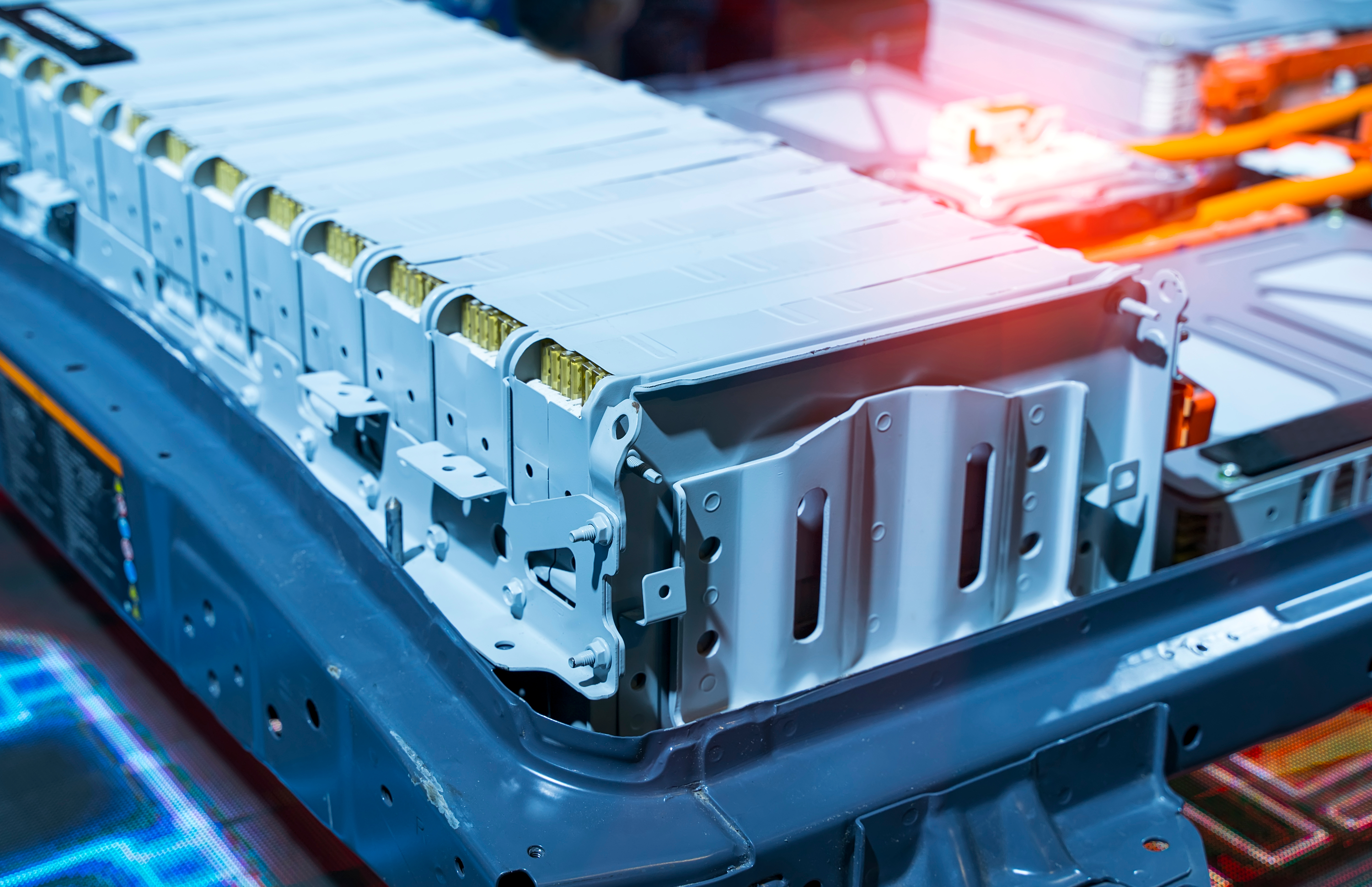General Motors and LG Chem Sign US$18.8Bn cathode supply deal
Opinion Pieces

15
Feb
2024
General Motors and LG Chem Sign US$18.8Bn cathode supply deal
General Motors (GM) and LG Chem sign a major deal worth US$18.8Bn for the supply of cathode active material (CAM) for the automaker’s electric vehicle ambitions.
In the agreement, LG Chem will supply GM with more than 500kt of NCMA CAM between 2026 and 2035, which will be enough for over 5M electric vehicles during the nine-year period. This announcement follows on from previous commitments laid out in July 2022, which revealed intent to collaborate but lacked details surrounding supply volumes and price.
The deal marks the next chapter in the pair’s collaboration within the lithium-ion battery supply chain and is a positive step for both GM and LG Chem as they look to scale up operations in the US for their Ultium Cell platform. It is expected that the NCMA CAM will be delivered to GM from LG Chem’s cathode facility in Tennessee, US, which is scheduled for operation from 2026. Furthermore, the precursor for this facility has already been secured from the Korea Precursor Company (KPC), a joint venture between LG Chem and Korea Zinc. This combination is important as it extends the eligibility for available tax credits from the Inflation Reduction Act further upstream and will undoubtedly help to relieve EV manufacturing cost pressures in the future.
LG Chem has publicly shown commitment to NCMA, which adds small quantities of aluminium to the composition in order to enhance cycling stability and extend cell lifetime to improve safety and maximise cost. When it comes to electric vehicles, this is a welcome addition to incrementally increase cycle life and safety whilst retaining the favourable ranges achievable from high nickel cathodes. Although the material produced at the US facility is initially slated for NCMA, the evolution of cathode demand and the stringent requirements for electric vehicles may reshape output in the future.